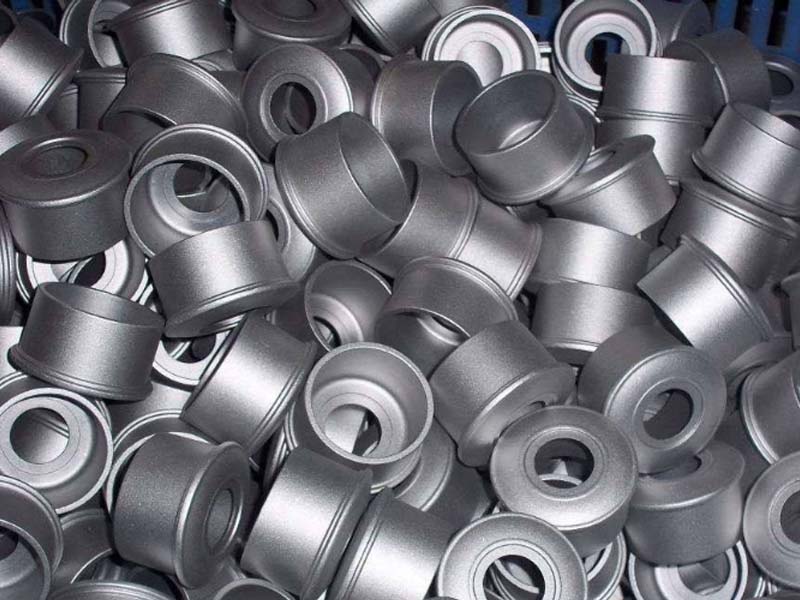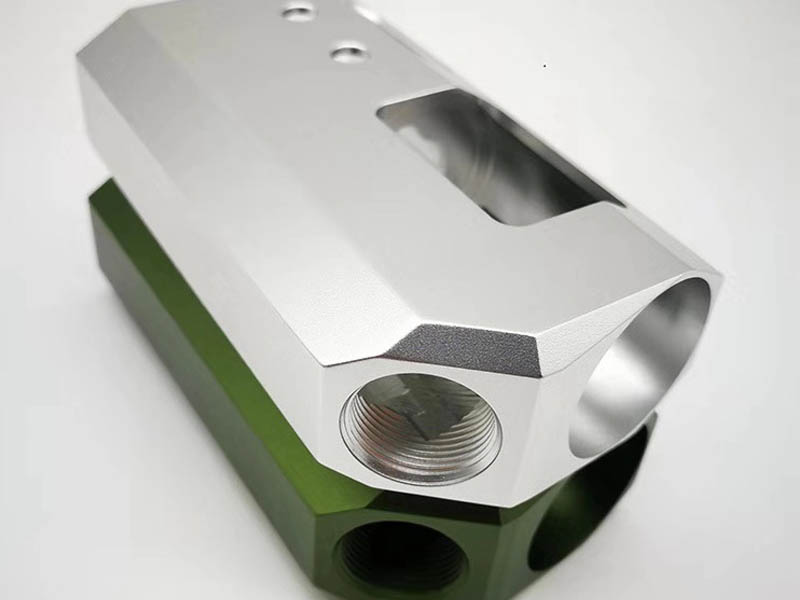Sandblasting is the process of cleaning and roughening the substrate surface by the impact of high-speed sand flow. Use compressed air as the power to form a high-speed jet beam to spray the blasting material (copper ore, quartz sand, corundum, iron sand, Hainan sand) at high speed on the surface of the workpiece to be processed, so that the appearance or shape of the outer surface of the workpiece surface changes.

(1) Workpiece coating and sandblasting before workpiece bonding can remove all dirt such as rust on the surface of the workpiece, and establish a very important basic pattern on the surface of the workpiece (the so-called rough surface). By changing the abrasives with different particle sizes, the roughness of different degrees is achieved, which greatly improves the binding force of the workpiece with coatings and plating materials. Or make the adhesive bond more firm and better quality.
(2) The rough surface of the casting, the cleaning and polishing of the workpiece after heat treatment can clean all the dirt (such as oxide scale, oil and other residues) on the surface of the casting and forging, and the workpiece after heat treatment, and polish the surface of the workpiece to improve the smoothness of the workpiece. The workpiece is exposed to a uniform metallic nature, which makes the appearance of the workpiece more beautiful and beautiful.
(3) The burr cleaning and surface beautification of machined parts can clean the tiny burrs on the surface of the workpiece and make the surface of the workpiece more flat, eliminating the harm of burrs and improving the grade of the workpiece. And sandblasting can make small rounded corners at the interface of the workpiece surface, making the workpiece more beautiful and more precise.
(4) Improve the mechanical properties of parts. After sand blasting, mechanical parts can produce uniform and fine uneven surfaces on the surface of the parts, so that the lubricant can be stored, thereby improving the lubrication conditions, reducing noise and increasing the service life of the machine.
(5) Gloss effect for some special-purpose workpieces, sand blasting can achieve different reflection or matte at will. Such as stainless steel workpieces, plastics polishing, jade polishing, wooden furniture surface matte, pattern on the surface of frosted glass, and the surface of the cloth and so on.

评论
发表评论